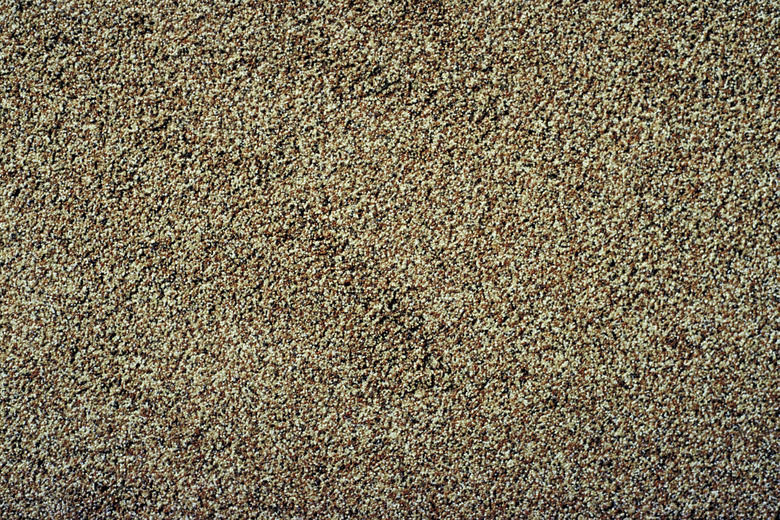Types Of Materials That Create The Best Echoes
Echoes are created when sound waves hit an obstacle and bounce back. The smoother the obstacle the sound wave hits, the clearer and louder the echo – because the sound wave remains more intact when it hits a smooth surface than when it hits a rough one. In order to hear a loud, clear echo, the hearer must also be far enough away from the surface the sound wave is bouncing off of so the sound wave has space to reverberate.
Hard Materials
Hard Materials
A hard, relatively nonporous material, such as concrete, is as dissimilar as possible to the medium the sound waves move through – the air. That dissimilarity keeps the sound wave – which is traveling on or through the air – from seeping through the material's surface. Since the sound wave can't seep through the surface, it doesn't get absorbed within it — it bounces off, and is reflected back as an echo.
Examples of Hard Materials
Examples of Hard Materials
In a natural environment, materials hard enough to bounce sound waves off of might include rock (such as a mountain or a cave) or ice (such as a glacier or frozen-over lake). In a man-made environment, similarly hard materials include concrete buildings or the asphalt of the sidewalk or street.
Smooth Materials
Smooth Materials
When a sound wave, which is made up of kinetic energy, collides with a surface, it will release its kinetic energy as heat at the site of that collision. If it collides with a gritty surface with many hills and valleys of molecules, it will collide against a greater number of molecules, and more of its energy will be converted to heat. Smooth materials, on the other hand, allow relatively few opportunities for small, individual collisions between the surface's molecules and the sound wave – and therefore less of the sound wave's energy is converted to heat, and more of it bounces back off of the surface as an echo.
Examples of Smooth Materials
Examples of Smooth Materials
In a man-made environment, materials that are smooth enough to produce an echo include glass, metal and concrete buildings, the brick and metal interior of a warehouse, marble buildings and floors, or, if the room is shaped in a way that the acoustics produce an echo, plastered and painted interior walls. In a natural environment, materials that are smooth enough to produce an echo include a muddy river or lake bottom, limestone cave walls that have been dug and smoothed by the sea, or the interior of a cave that has been smoothed by flowing groundwater.
Cite This Article
MLA
Rousseau, Sasha. "Types Of Materials That Create The Best Echoes" sciencing.com, https://www.sciencing.com/types-materials-create-echoes-8788972/. 24 April 2017.
APA
Rousseau, Sasha. (2017, April 24). Types Of Materials That Create The Best Echoes. sciencing.com. Retrieved from https://www.sciencing.com/types-materials-create-echoes-8788972/
Chicago
Rousseau, Sasha. Types Of Materials That Create The Best Echoes last modified August 30, 2022. https://www.sciencing.com/types-materials-create-echoes-8788972/
